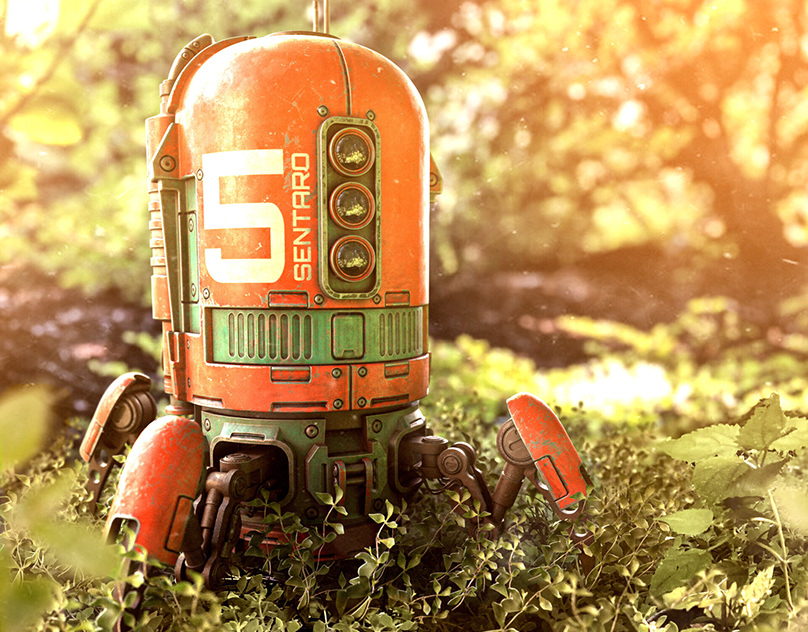

interaction 1
Rules of engagement
For every time the breaks are used and the rickshaw stops - the passenger pins a tack on a chosen square. When the passenger starts pinning the square - they start the stopwatch, and record the time. Once they are done with tacking pins, they stop the stopwatch and note the time on their square.
Parameters recorded
n = number of times rickshaw stops = no. of tacks
t = time for which observations were made
subjective: the color of thumbtacks are seen as an indicator of the passenger's mood.
Further, the squares can can also be coded by time of the day/ day of the week/ location.
Insights
What are the possible reasons for the frequency of stoppages at a particular location or time?
What is the general mood of people when they have bumpy rides over different time durations?
interaction 2
Rules of engagement
The passenger draws a straight line on the the canvas area. The passenger picks a color to draw with and marks the start point, and turns the stopwatch on. Once the line is drawn, the end point is marked and the time is noted.
Parameters recorded
The displacement of the start and end point
The distance of the path drawn
The scattering of points from the line of ideal points at center.
the color of pen used are seen as an indicator of the passenger's mood.
Additionally, requests to note the location can also be made.
Insights
What are the reasons for the scattering of the points from the straight line?
Is it the rickshaw's mechanism that is responsible or is the nature of roads on the chosen route, or is the traffic forcing the driver to take sudden turns and halts?
programming the recorded data
Possibilities (Questions) Data recorded through digital means can be stored and programmed to generate creative visuals, that are at the same time insight into chosen parameters.
Using Arduino boards
If instead of using felt pieces, and paper canvas there were magnetic boards and magnet tacks or pellets that could connect, and with the help of a sensor the coordinates of each point marked along with its time and location - which is fed to a neural network.
The data collected can be segregated and represented using specific codes written using "R" or "Python".
Over time the code can be used to train the neural network, to generate a unique visuals in real time that can be projected in the rickshaw's interiors using artistic media such as lights and sound. (along the lines of AI art)
Or there can be a set of visuals generated each month/week that are projected from time to time.
Process















